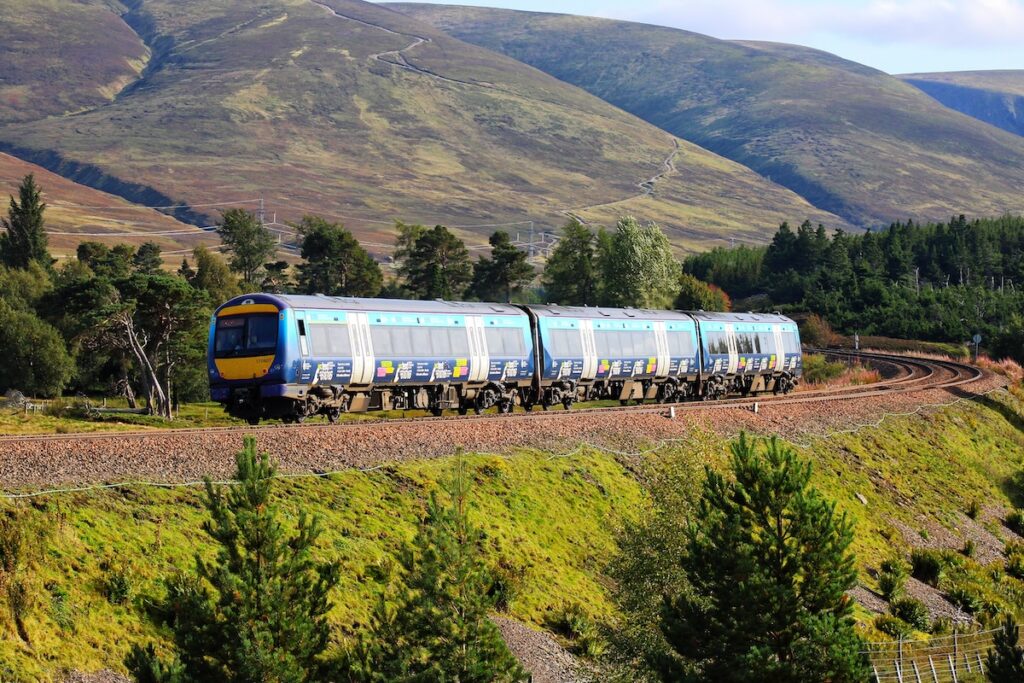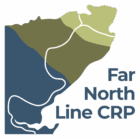
The Scottish Highlands, with their stunning landscapes and rugged beauty, attract visitors from all over the world. One key way to explore them is by using the Far North Line—a rail service stretching from Inverness to Thurso and Wick. However, at present, the rail service does not always integrate well with other transport modes; this is something the Far North Line Community Rail Partnership is seeking to
A Hub of Connectivity
The Far North Line isn’t just a way to get from A to B. It could become an artery that connects visitors with a variety of other transport options, providing flexibility and convenience. Whether you want to continue your journey by bus, bike, or foot, the Far North Line ensures you can travel with ease.
Buses: Expanding the Horizons
One way the Far North Line links is through its integration with bus services. A few railway stations along the route have bus stops, allowing passengers to transfer from train to bus easily. When this works, this integrated system ensures that public transport can get you there efficiently and affordably, no matter where you’re headed.
Additionally, smaller stations such as Tain and Golspie offer bus links that extend into rural communities. This provides a lifeline for residents and enables visitors to reach lesser-known destinations without needing a car. This, in turn, helps to reduce reliance on private vehicles, promoting a more sustainable approach to Highland travel. However, services can be infrequent, and timings should be checked in advance by visiting Traveline Scotland: https://www.travelinescotland.com/cms/home
Cycling: Embracing Sustainability
For those who prefer a more active mode of travel, the Far North Line trains are cycle-friendly. Trains on this route are equipped with limited bike storage facilities, making it easy for passengers to combine rail travel with cycling adventures. Because of the limited space, booking your bike space in advance of travel is strongly recommended.
Many stations along the line provide direct access to excellent cycling paths. For example, Alness and Invergordon stations offer great starting points for exploring the Cromarty Firth area, while Wick provides easy access to the stunning coastal routes of Caithness. Whether planning a short ride from one station to another or an extended cycling tour, bringing your bike on the train makes life easier.
Walking: Immersing in Nature
Many visitors love to explore the Highlands on foot, and the Far North Line allows them to combine rail travel with walking tours. Several stations along the line serve as ideal starting points for scenic hikes.
Walking-friendly stops along the line encourage slow travel, allowing visitors to explore the region at their own pace while minimising their environmental footprint. Whether it’s a gentle coastal walk or a more strenuous hill trek, the Far North Line is crucial in supporting walking tourism in the Highlands.
Creating a Seamless Travel Experience
The Far North Line’s ambition in integrating different transport modes is to provide a seamless way of travelling. Visitors can then plan their journeys, knowing that their transport needs are catered for, regardless of where they are travelling to.
Conclusion
The Scottish Highlands’ Far North Line should become more than just a railway, a gateway to exploration. By seamlessly connecting with bus services, embracing cyclists, and providing access to walking trails, it hopes to offer travellers a varied approach to exploring one of the most beautiful regions in the world. Whether you’re a local commuter or an international explorer, the Far North Line promises a journey as connected and dynamic as any in the Highlands.












